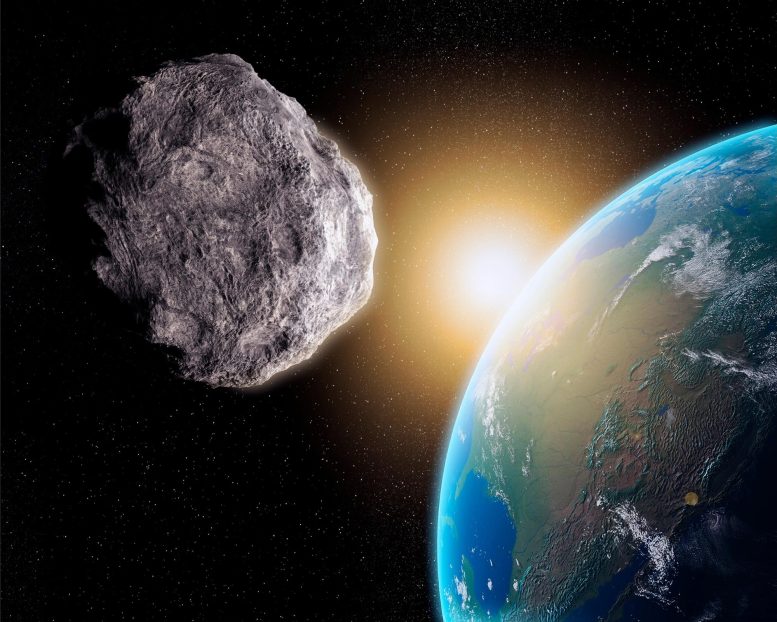
The University of Arizona Lunar and Planetary Laboratory has created an online portal as part of the NASA-funded Catalina Sky Survey, allowing the public to assist in identifying asteroids and comets. By creating an account on Zooniverse, users can scrutinize telescope images for potential celestial bodies, adding human insight to automated detection systems and aiding in the discovery of near-Earth objects.
Anyone with an internet connection can now join University of Arizona researchers as they work to discover asteroids hurtling through our solar system.
Anyone can become an asteroid hunter thanks to a new program launched by astronomers at the University of Arizona Lunar and Planetary Laboratory. As part of the NASA-funded Catalina Sky Survey, the scientists created an online portal that opens their mission – the discovery and identification of space rocks that regularly visit Earth’s neighborhood – to the general public.
While gazing up at the night sky with the naked eye, one might see stars, planets and the occasional airplane. What one usually won’t see, however, are asteroids and comets – lumps of rock tumbling through space – left over from the formation of our solar system about 4.6 billion years ago. Because of their origin, these space objects might hold clues about the formation of the sun and planets, scientists believe.
Through the new portal, scientists from the Catalina Sky Survey will share potential asteroid and comet detections from their ground-based telescopes with anyone with an internet connection. Even amateurs can help scientists find unknown objects in the solar system as they click through and pore over high-resolution, telescope snapshots of the sky that scientists haven’t been able to look at.
“I thought it would be great if people could do what we do every night,” said Carson Fuls, a science engineering specialist for the Catalina Sky Survey who heads the project. “We see this website as throwing open the doors: Do you want to look for asteroids, too? If so, come on in.”
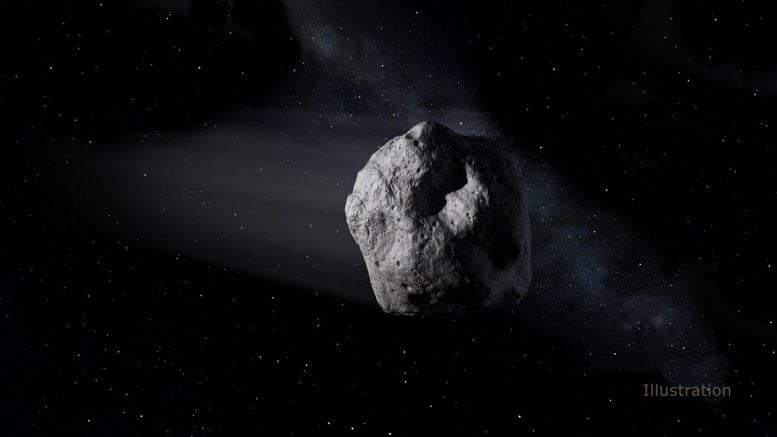
Artist’s impression of a near-Earth object in space. NASA is on the lookout for near-Earth objects – neighboring asteroids and comets – that could possibly impact Earth. Credit: NASA/JPL-Caltech
To begin asteroid hunting, participants must create an account on Zooniverse, an online platform for people-powered research. Through the website, volunteers without any specialized training or expertise assist professional researchers from various fields. In the case of the public asteroid detection portal, a basic tutorial will have participants picking out moving asteroids from pictures in no time.
Participants look at sets of images of the night sky taken by one of the Catalina Sky Survey telescopes. Each image set contains four exposures taken six or seven minutes apart. The pictures are noteworthy because software spotted a moving speck of light from one image to the next, which may or may not represent the light reflected from a faraway comet or asteroid.
The task for the amateur asteroid hunter: Decide if the identified speck of light in the images looks like a genuine celestial body or, rather, is a false detection resulting from inconveniently timed “twinkles” of the star-studded background, dust on the telescope mirror or other causes. After answering by clicking a “yes” or “no” button, the participant can either write a comment or move on to the next detection.
It is not necessary that people know the correct answer every time, said Catalina Sky Survey director Eric Christensen. Rather, the system relies on strength in numbers.
“With enough people participating, you can establish a general consensus, so there’s less margin of error,” Christensen said.
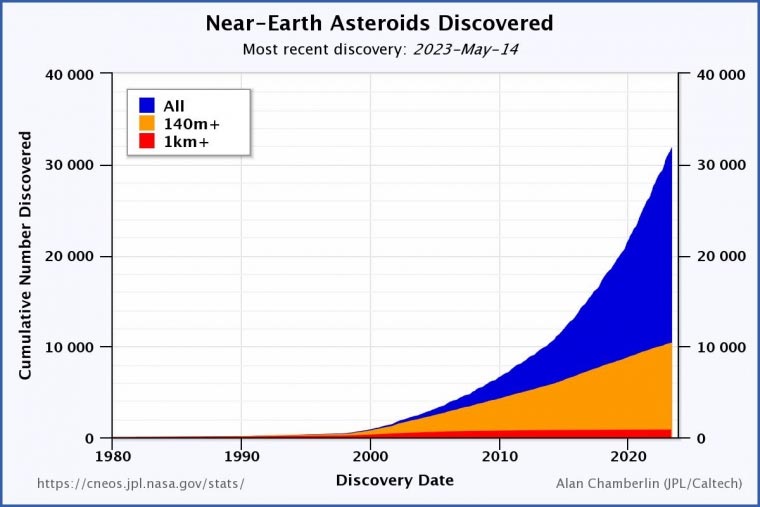
Graph showing the amount of near-Earth asteroids discovered over time. Most notably, the current total of almost 32,000 asteroids is at least triple the amount that had been detected ten years ago. Catalina Sky Survey alone has discovered over 14,400 near-Earth asteroids, including 1,200 in the past year. Credit: Alan Chamberlin/JPL-Caltech
The Catalina Sky Survey operates up to five large, powerful telescopes each night in their quest to keep track of over 1 million lumps of flying rock with diameters ranging from the length of a school bus to the width of Arizona. Initially, the images in the portal will come from their G96 telescope atop Mount Lemmon, just north of Tucson. The diameter of the telescope’s primary mirror is approximately 5 feet, and it can usually survey the whole Northern Hemisphere night sky in about a month.
“The number of asteroids we detect per night with our telescope really depends on the weather or where we are in the lunar calendar,” Christensen said. “On clear nights, the database matches tens of thousands of candidates to known asteroids based on their motion, speed and position in the sky.”
While the lab’s software detects and records all asteroid sightings, Catalina Sky Survey is a NASA-funded project with the mission of specifically tracking and discovering near-Earth objects, or NEOs. NEOs are asteroids that have strayed from the flock of space rocks plodding around the sun in the asteroid belt between Mars and Jupiter. Their new orbits take them much closer to Earth, and some pose a potential threat if their orbit crosses that of Earth.
More than 14,400 NEOs in the past 30 years – almost half of the entire known population of nearly 32,000 – have been discovered by the Catalina Sky Survey. Of those, 1,200 were found just in the past year.
“We are most interested in candidates that are moving fast with an unknown identity because they are most likely to be NEOs,” Fuls said. “Because NEOs are closer to us, they appear to move faster and in somewhat random directions from our viewpoint compared to main belt asteroids.”
The process of spotting a new NEO and reporting it is time-sensitive, and astronomers can lose track of them if there is no immediate follow-up on their discovery. That’s because NEOs have highly elliptical orbits that only bring them close to Earth every three or four years. Plus, some smaller NEOs can only be detected if they are passing near Earth.
“NEOs move so erratically that it’s easy to miss them,” Christensen said. “We try not to filter out false detections too aggressively because this could also filter out some NEOs.”
Currently, the asteroid-tracking telescope on Mount Lemmon is set up to take about 1,000 images per night. Afterward, sensitive software ranks detected moving objects from most to least likely to be an asteroid. The final step is for a human observer to analyze the detections that the software identified.
“A human can only process so many images a night,” said Fuls, explaining that while the software flags many possible objects, the researchers don’t have the time and resources to look through everything that was picked up. “We are missing a certain number of objects because they simply didn’t rank high enough in the algorithm.”
That is where a Zooniverse account comes in handy, as “citizen scientists” peek through sky photos that the software flagged but weren’t obvious enough to make the cut. For each set of images, a participant must decide: Did the software pick up on a never-before-seen space object or did it just get confused by the flickering stars?
Already, three citizen scientists have discovered 64 possible candidates for unknown asteroids during the testing phase of the web portal.
“We’ve sent these detections off to the Minor Planet Center as potential new discoveries, and most of these objects have not yet been linked to any object that has been detected before,” Fuls said. “We anticipate that there will be many more discoveries like that going forward.”
The Catalina Sky Survey astronomers plan to release new data into the interface every day after their scheduled nighttime viewing session.
“The observations made by these citizen scientists may not always be of a never-before-detected object,” Christensen said. “But they may still be key observations that allow the Minor Planet Center to nail down the identity of something that, until now, was just a candidate.”
To keep prospective asteroid hunters on their toes, Fuls said, he and his colleagues will throw pictures of already known objects into the mix to test people’s ability to identify real objects and keep them engaged.
“Even when you’re at the telescope, you perk up when you see one of those,” Fuls said. “You don’t want it to be mindless and boring.”

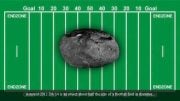
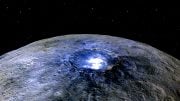

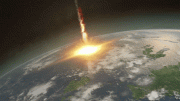
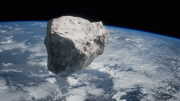
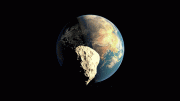
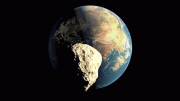
They need to train A.I. to search for asteroids. It may work faster and more effectively.
are participating citizen scientists given credit for their discoveries?
AI can do this faster and easier. If the university is using people to help label so the team can better train the AI algo, great, just let folks know …
The top illustration seems to depict an Earth in an alternative universe where North America is reversed.
Help is on the way! Coming soon: the New Generation Very Large Array in New Mexico, an expansion of the VLA.